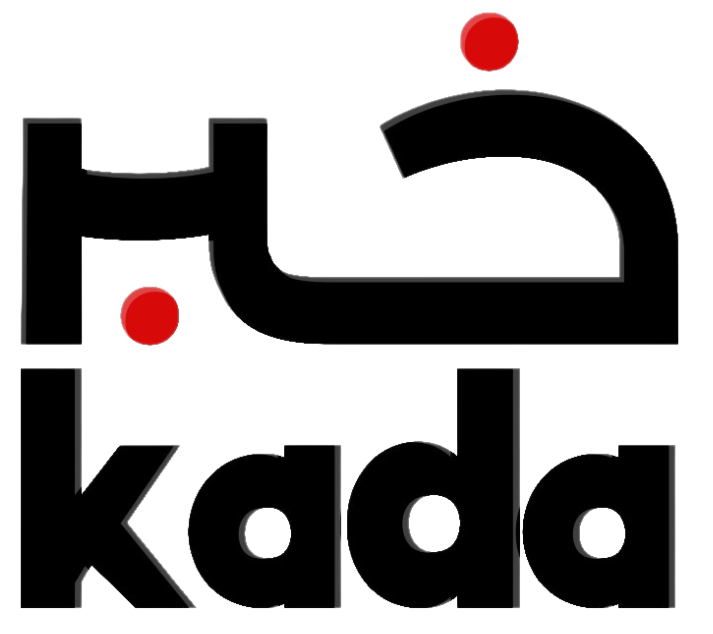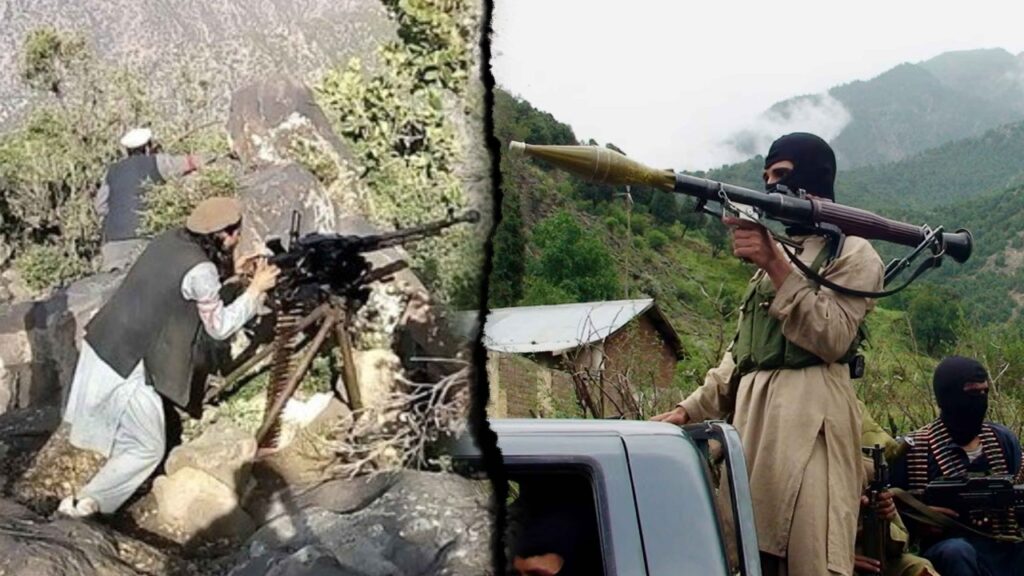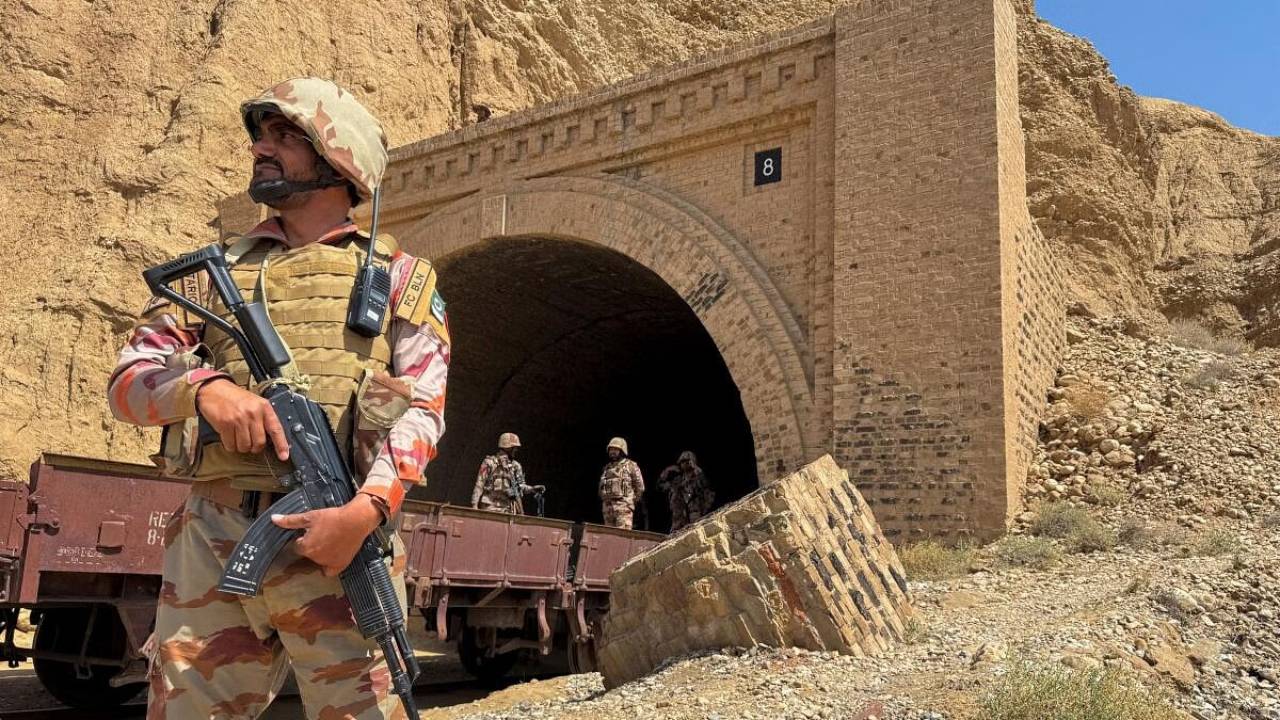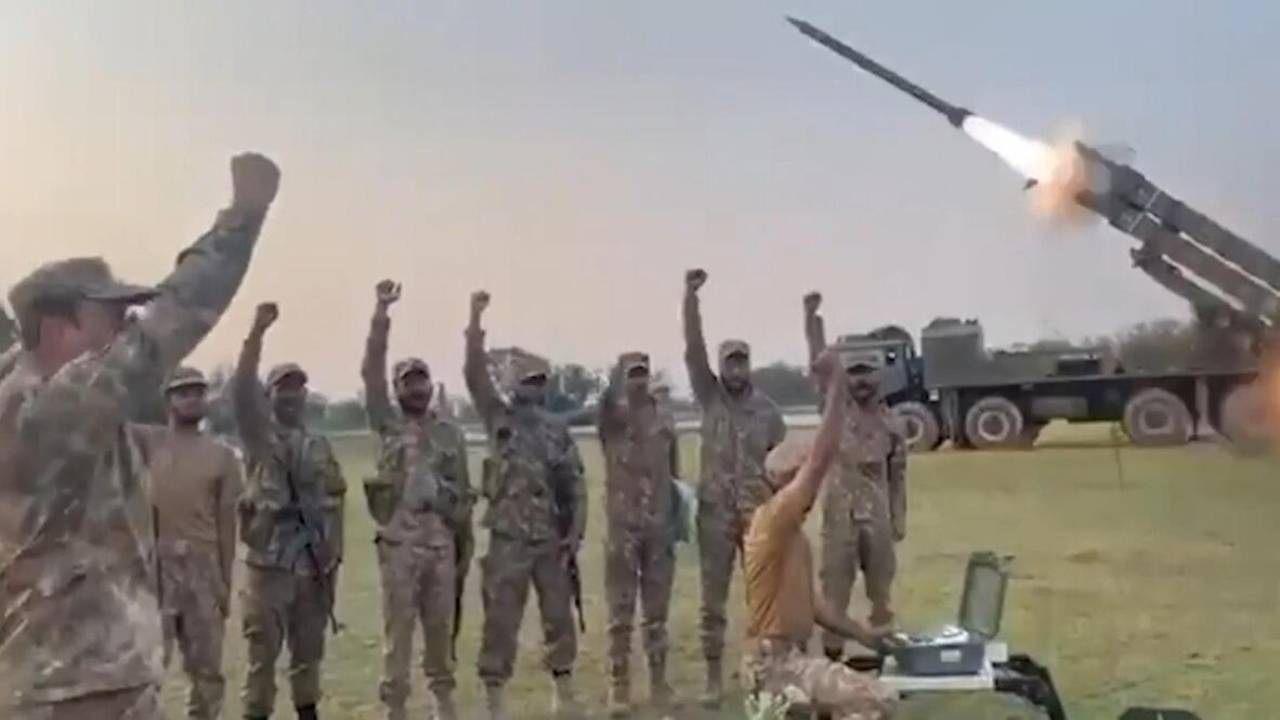In mid-January, a top commander of the proscribed Hafiz Gul Bahadur Group repudiated his own group to pledge allegiance to the Tehreek-e-Taliban Pakistan (TTP). This marked the hiatus of a process that has just begun to expand.
Non-state actors (NSAs) with jihadist leanings have always been territorially antagonistic to other groups despite aligned goals. The Taliban movement itself emerged in the ’90s out of a complex inter-jihadist tussle in the wake of the withdrawal of the Soviet Forces. For its subsidiary, the Tehreek-e-Taliban Pakistan, the ride has been a bumpy one since its inception in 2007. No linear pattern of leadership within the group emerged until 2018.
Hafiz Gul Bahadur, popularly known as HGB, is one of the oldest surviving jihadists. However, he has never completely aligned with the TTP. More than thrice, both factions of the Pakistan Taliban have tried to align but these alliances have been short-lived, not only because of operational differences but more so because of ideological bends and tribal supremacy.
TTP’s chief Noor Wali Mehsud, in his compendium of the TTP’s development under various leaders of the group called ‘Inquilab e Mehsud’, wrote that when the TTP was formed in 2007 in the Mehsud area at the central point of Makeen, South Waziristan, Mullah Baitullah Mehsud was appointed the first ameer and Maulana Faqeer Muhammad was appointed as Naib Ameer. At this point, it was questioned why mujahideen of Wana and North Waziristan were not added to the Tehreek and whether they had rejected it themselves. The answer to this is that before all of these decisions, Maulvi Umar (TTP Bajaur chapter) and Baitullah Mehsud met in Miranshah and they decided to gather all the tribes, and decided to start the TTP by taking mujahideen of Wana, South Waziristan (mostly Wazir tribe) and North Waziristan into confidence but Mullah Nazir and his companions revealed their discomfort as they were fighting Uzbeks.
The Mehsud leadership of the yet-to-be-formed TTP asked the Uzbeks to sit at the negotiating table which ultimately ended without results, as the Uzbeks considered the Nazir and his men as lashkaris (a derogatory term used by jihadists to refer to government-backed militias as opposed to mujahideen). Nazir ultimately said he would consult HGB upon which Baitullah remarked that if “he (HGB) is involved then there is no hope for the alliance”. Nazir and Bahadur are both from the Wazir tribes, their traditional rivalry is a known fact much even before the British Raj.
Noor Wali further states that another reason for him not joining the TTP was that Hafiz Gul Bahadur and Mullah Nazir were more focused on the Afghan jihad. Sheikh ul Hadees Hazrat Maulana Dr. Sher Ali Shah and some other leaders of Al-Qaeda arranged a meeting to encourage mujahideen of Wana and North Waziristan to join TTP but Hafiz Gul Bahadur said that the ameer of TTP should be none other than himself and Baitullah Mehsud. When Baitullah Mehsud was killed in a drone strike, Hafiz Gul Bahadur revived his previous agreements with the government unilaterally and all alliances between both groups ended. Apparently, because of this, the military operation, Rah-e-Nijaat, was mostly focused on Mehsuds.
These rivalries were evident even when the Pakistani state began talks with the Pakistani Taliban. HGB who intially agreed to a ceasefire for 20 days, did not only end the cease-fire when he found out that the TTP was also being approached for the same arrangement, but he did not attend a single meeting afterwards.
Although there has been a turf war for resources in recent times, both groups have jointly targeted security forces in the south of KP in particular and other Pashtun-populated areas in KP and Balochistan, close to the border. But with the TTP expanding into a conglomerate of 62 groups, HGB has redesigned himself and his group, expanding out of the Bannu division for the first time. After one of the largest groups belonging to Ali Dawar left HGB, the former was awarded by becoming part of the TTP’s higher decision-making council. With this, HGB has also begun a process to merge groups with itself, finally managing to get the Lashkar-e-Islam from Khyber to join his fold. Since the beginning of 2025, TTP has announced that four new groups have joined it while HGB has announced the joining of three.
These inter-tribal differences and jihadist politics of expansion for power and resources have been previously detrimental to these groups. With the rise in global distrust of the Taliban in Afghanistan and the return of Donald Trump, the regional chessboard will also change. New alliances will be forged and older allies will be ditched. The TTP and HGB are going to go down the very same rabbit hole they once got out of.









